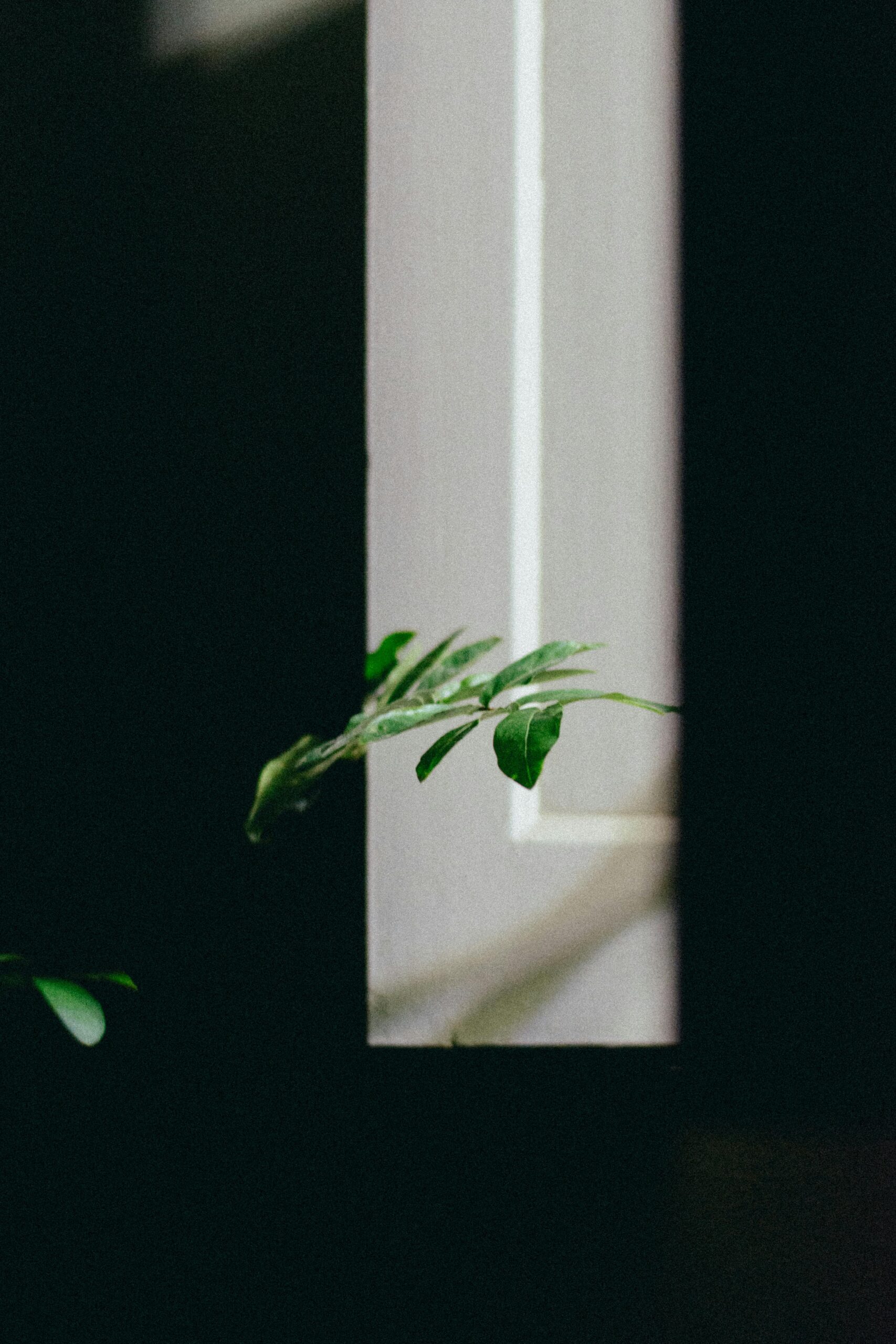Beyond decoration: a return to our natural state
Your screen glows, notifications buzz, and the city hums with a relentless energy. In our hyper-connected world, our homes have often become mere extensions of this digital noise, sterile boxes that shelter us but fail to restore us. You feel a persistent, low-level stress, a sense of being disconnected from something vital. You might think a vacation is the only cure, but the solution is closer and more profound than a temporary escape. The answer lies in fundamentally rethinking your living space. Biophilic design is not just an interior trend; it is a powerful, science-backed methodology for weaving the tranquility of nature back into your daily life. It’s about crafting a home that actively calms your nervous system, boosts your creativity, and serves as a true sanctuary from the pressures of modern life. This guide will show you how.

This Photo was taken by Shovan Datta.
Beyond the potted plant: what biophilic design truly means
The first mistake many make is equating biophilic design with simply adding a few houseplants. While plants are a wonderful component, true biophilic design is a much deeper philosophy. The term “biophilia,” popularized by biologist E.O. Wilson, describes humanity’s innate tendency to seek connections with nature. Biophilic design is the practice of translating this connection into the built environment.
It operates on three levels:
- Direct connection with nature: This involves bringing actual, living nature into your space. Think of abundant natural light, the sound of a small water feature, fresh air from an open window, and, yes, a healthy collection of plants.
- Indirect connection with nature: This is about mimicking the natural world through materials, colors, and patterns. It includes using natural materials like wood, stone, and wool; choosing an earthy color palette; and incorporating shapes and forms that evoke nature. The clean lines and natural materials found in minimalist architecture for new home designs often overlap with this principle.
- Human spatial response: This pillar concerns how we react to the composition of a space, creating environments that evoke feelings of safety, curiosity, or freedom, similar to how we experience natural landscapes.

This Photo was taken by Pew Nguyen.
The science of serenity: why your brain craves nature
This isn’t just about aesthetics; it’s about biology. Our brains and bodies are hardwired to respond positively to natural cues. Exposure to biophilic environments triggers measurable physiological and psychological benefits. A wealth of research shows that integrating nature can reduce stress, improve cognitive function, and enhance overall well-being. According to a landmark Terrapin Bright Green report, environments with natural elements can lead to a significant drop in the stress hormone cortisol.
Furthermore, the World Health Organization advocates for urban green spaces as crucial for mental health, a principle we can apply on a micro-scale within our own homes. The data is clear: our well-being is intrinsically linked to our connection with the natural world.
| Biophilic Element | Projected Impact on Well-being (2024-2025 Data) |
|---|---|
| Increased Natural Light | Up to 23% reduction in symptoms of eye strain and headaches |
| Views of Nature | 10-25% improvement in mental function and memory recall |
| Presence of Live Plants | 8% increase in self-reported well-being and creativity |
| Natural Materials (Wood, Stone) | Measurable decrease in blood pressure and heart rate |
Source: Adapted from studies in Environmental Psychology and architectural wellness reports.
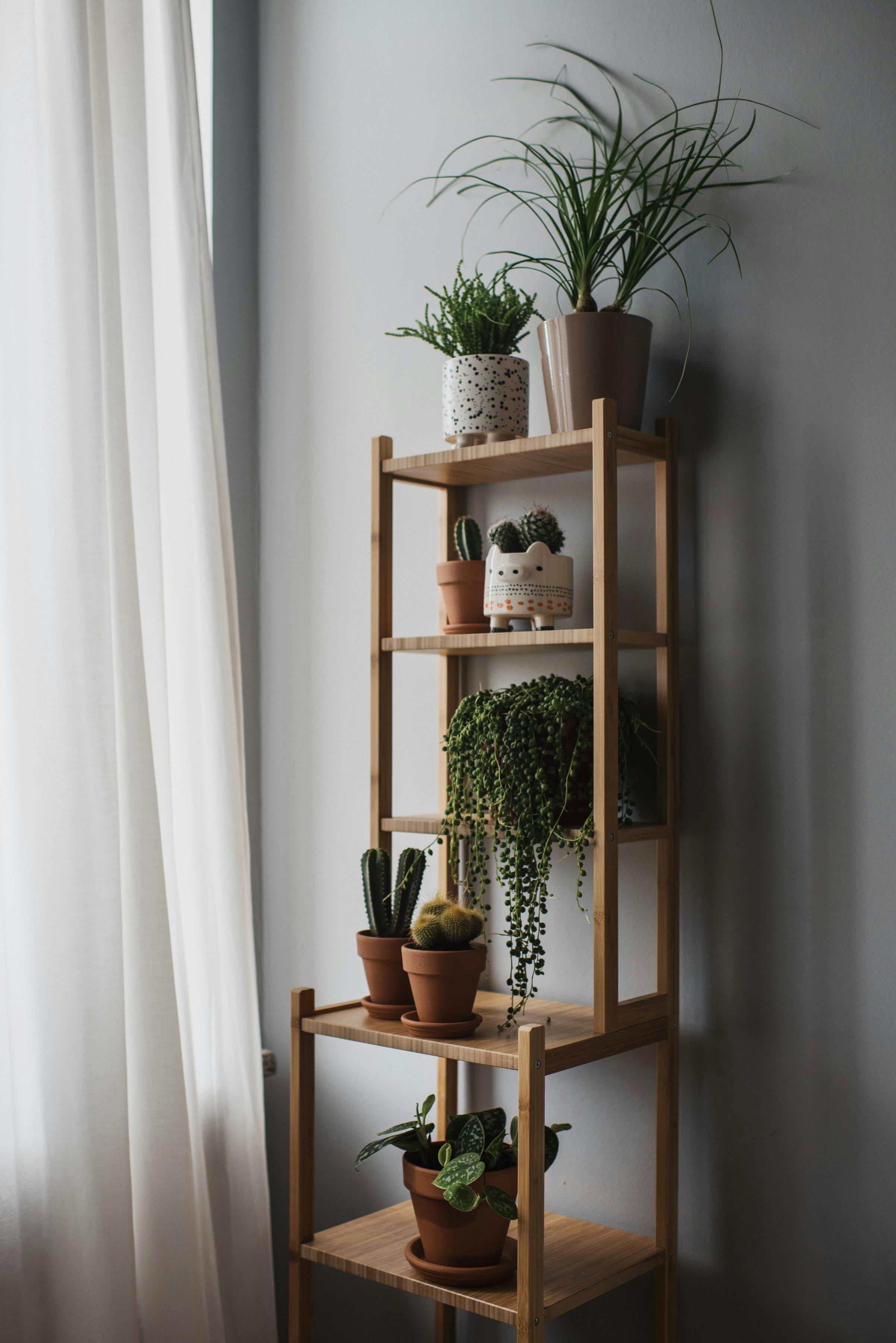
This Photo was taken by Ksenia Chernaya.
The biophilic blueprint: three pillars for your home
Transforming your home into a biophilic sanctuary doesn’t require a complete overhaul. You can start by integrating key elements from three foundational pillars.
Direct nature: inviting the living world inside
This is the most intuitive starting point. Focus on bringing dynamic, living elements into your rooms. Maximize natural light by keeping windows unobstructed. If your view is less than ideal, use sheer curtains to diffuse light beautifully. Introduce a variety of houseplants, choosing species that fit your home’s light conditions. Consider a small, tabletop water fountain for the calming sound of moving water. On pleasant days, open windows to let in fresh air and the ambient sounds of the outdoors. The goal is to bridge the gap between inside and out, an idea that is also fundamental when you choose a suitable landscape design for this home to complement your interiors.
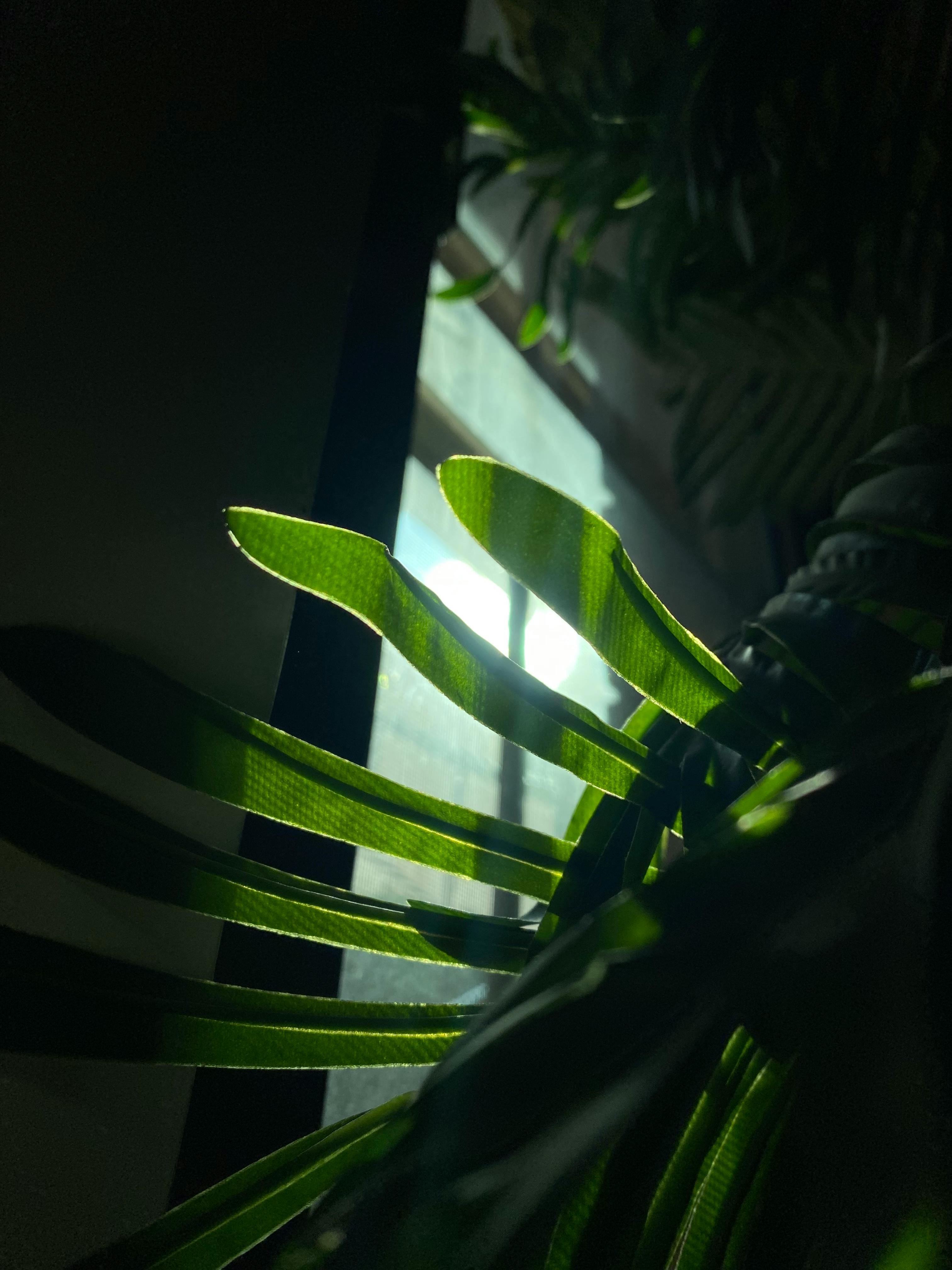
This Photo was taken by Haider Awan.
Indirect nature: mimicking the natural world
Your home’s materials and colors have a major impact on its atmosphere. Replace synthetic materials with natural ones where possible. Think of a wool rug, a solid wood coffee table, linen curtains, or stone coasters. These materials offer textural richness and a connection to the earth. Your color palette should draw from nature: soft greens, deep blues, earthy browns, and sandy beiges. Also, pay attention to form. Instead of only rigid, straight lines, look for furniture and decor with organic, curved shapes that mimic patterns found in nature. Even a highly organized space, like a custom wardrobe, can be transformed with natural wood grains and soft lighting, as seen in the thoughtful design of a luxury Italian walk-in closet.
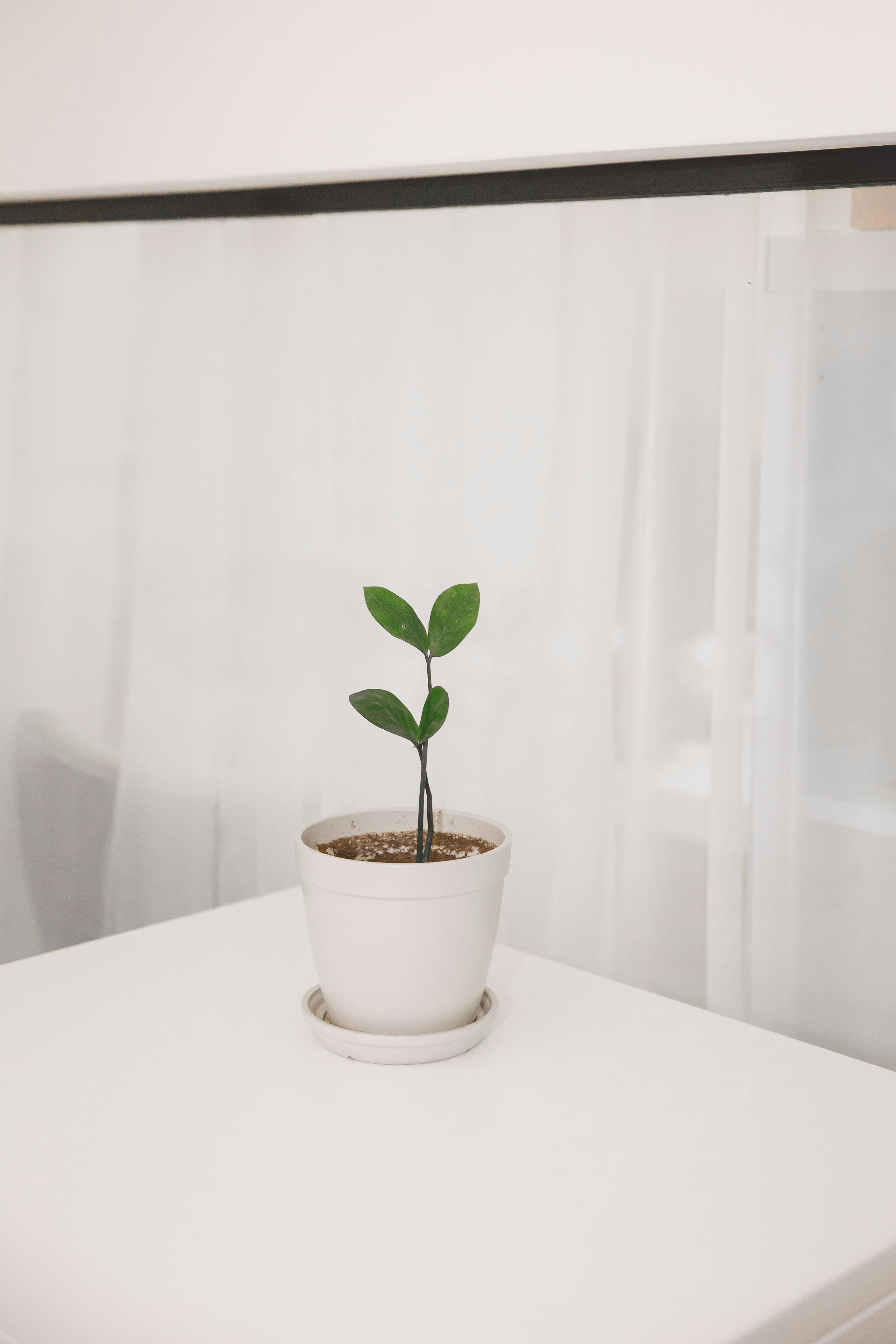
This Photo was taken by Polina Zimmerman.
Space and place: recreating natural experiences
This advanced pillar involves designing spaces that evoke specific, restorative feelings found in nature. Create a “prospect and refuge” dynamic: an open, bright living area (prospect) paired with a cozy, sheltered reading nook (refuge). This provides a sense of both freedom and security. Arrange furniture to encourage exploration and movement, avoiding rigid layouts that feel restrictive. A well-designed space should offer moments of mystery and discovery, like a beautiful plant seen through a doorway or a piece of art that reveals new details upon closer inspection.

This Photo was taken by Elle Hughes.
Your practical guide to a biophilic transformation
Applying these principles is a creative process. Here are some room-specific ideas to get you started.
The living room
Arrange your main seating to face a window with a view of trees or the sky. Use a large jute or wool rug to anchor the space. Incorporate a variety of plant sizes, from a large fiddle-leaf fig in a corner to small succulents on a shelf. Opt for wood, bamboo, or stone accent tables.

This Photo was taken by Ageng Pidaksa.
The bedroom
Your bedroom is for rest and rejuvenation. Use calming colors like sage green or sky blue. Blackout curtains can help align your sleep with natural circadian rhythms, while an air-purifying plant like a snake plant or peace lily can improve air quality. Use natural bedding materials like cotton, linen, or bamboo.
The home office
A biophilic workspace can boost focus and reduce stress. Position your desk to have a view of nature, even if it’s just a single tree outside. A study in Frontiers in Psychology confirms that even brief glances at nature can restore attention. Keep your desk clear and organized, using natural wood accessories. Add a resilient desk plant that thrives in lower light. Structuring your workspace for well-being is as crucial as defining a company’s vision; it’s a form of personal business architecture and management for your life.

This Photo was taken by Ezgi Baytar.
Frequently asked questions about biophilic design
Is biophilic design expensive?
Not necessarily. While you can invest in high-end natural furniture, you can also start small. Prioritizing natural light costs nothing. Propagating plants from cuttings is free. Thrifting for wood or wicker items is budget-friendly. It’s more about a shift in mindset than a big budget.
I live in a small apartment with no good views. Can I still use biophilic design?
Absolutely. Focus on the elements you can control. Use high-quality nature photography or art. Bring in many plants that thrive in low light. Use mirrors to amplify the light you do have. Incorporate natural textures and a tabletop fountain. Indirect connections become even more important in such spaces.
How do I care for all the plants?
Start with low-maintenance plants like snake plants, ZZ plants, or pothos. Group plants with similar water needs together to make watering easier. There are many apps and resources available to help you create a watering schedule and diagnose plant issues.
Is biophilic design the same as minimalism?
They are different but highly compatible. Minimalism focuses on “less is more,” while biophilia focuses on a connection to nature. A biophilic minimalist space would be uncluttered but rich with natural light, a few healthy plants, and intentional natural materials.

This Photo was taken by Atlas DeBorde.
Designing your well-being, one element at a time
Biophilic design is far more than a fleeting aesthetic. It is a conscious, empowering response to the deficits of modern life. By intentionally reintroducing the patterns, textures, and rhythms of nature into our homes, we do more than just beautify our surroundings. We create an environment that supports our fundamental human needs. So what is the ultimate takeaway? It is the realization that you hold the power to architect your own well-being. Your home does not have to be a passive container; it can be an active partner in your health and happiness. By embracing the principles of biophilia, you are not just decorating. You are engaging in an act of self-care, building a personal sanctuary that fosters resilience, restores your focus, and offers a deep, abiding sense of peace every single day. You are designing a better way to live.
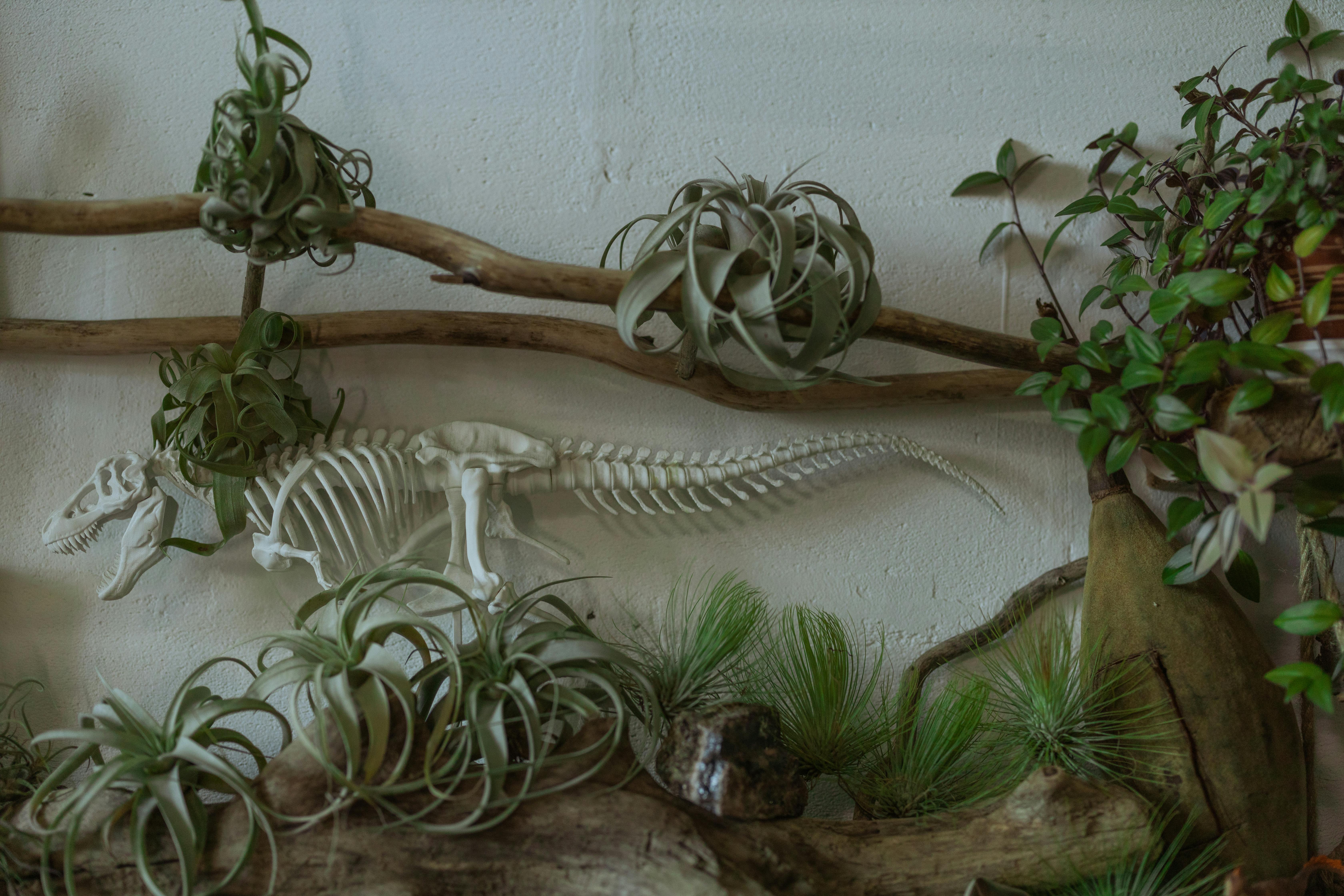
This Photo was taken by Ron Lach.
